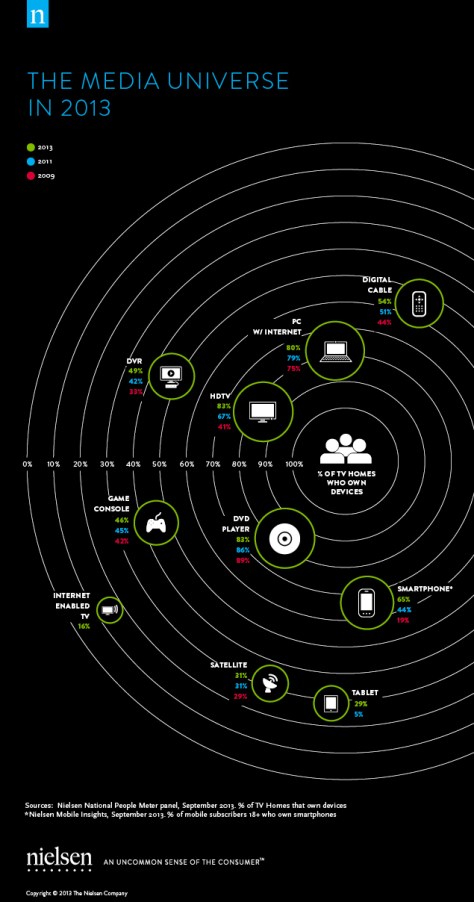 Let’s face it: “content” is dirty word in many corners of the internet. At best content marketing is misunderstood by clients, and at worst it’s the illegitimate lovechild of black-hat SEO “ninjas” and “social media experts”. Maybe that’s why so few marketers want to talk about their content strategy and inbound marketing efforts.
Let’s face it: “content” is dirty word in many corners of the internet. At best content marketing is misunderstood by clients, and at worst it’s the illegitimate lovechild of black-hat SEO “ninjas” and “social media experts”. Maybe that’s why so few marketers want to talk about their content strategy and inbound marketing efforts.
But content marketing is no secret, even if it’s misunderstood by so many people. Perhaps that’s because “content” is such an all-encompasing term, covering everything from blog posts and social media updates to presentation decks and infographics and much more, that content marketing remains vague to many of our clients. And because our clients have different business goals and audience opportunities, it seems unlikely we’ll ever come up with a better term to describe all the media tactics we can pursue to help build businesses using content marketing strategies.
So to help demystify content marketing, I’d like to share some strategies for one of the most common problems my clients run into: updating a blog and maintaining a content calendar. Even the most experienced copywriters and content marketers run out of fresh blogging ideas every once in awhile, so here’s a few common blog post types that can help you get the blog back on schedule: Continue reading Straight Out of Content: 7 simple strategies to rebuild your blog’s content calendar




 been defending the principles of Net Neutrality for at least a decade you’re not far off (
been defending the principles of Net Neutrality for at least a decade you’re not far off (


